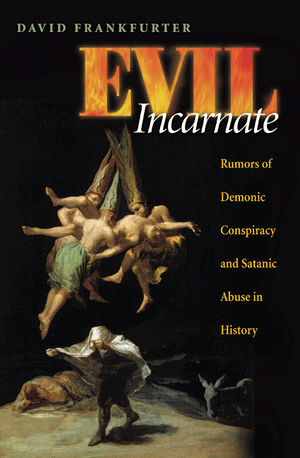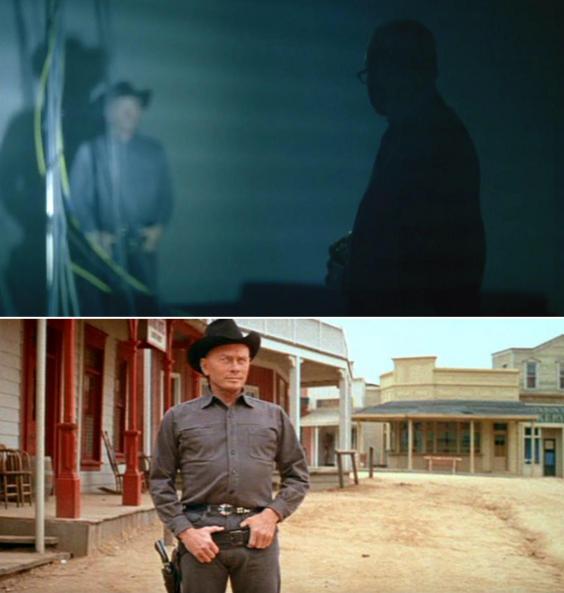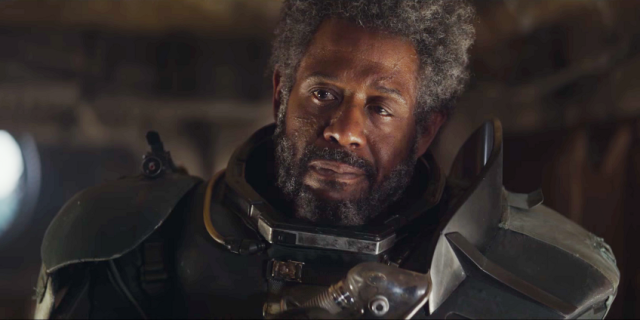 Call for Papers
Call for Papers
AI and Apocalypse
Centre for the Critical Study of Apocalyptic and Millenarian Movements (CenSAMM)
April 5 – 6, 2018. Inside the Big Top at the Panacea Charitable Trust gardens, Bedford, United Kingdom
CenSAMM Symposia Series 2018 / www.censamm.org
Abstracts are due by December 31, 2017.
We invite papers from those working across disciplines to contribute to a two-day symposium on the subject of AI and Apocalypse.
Recently ‘AlphaGo’, a Google/Deepmind programme, defeated the two most elite players at the Chinese game ‘Go’. These victories were, by current understandings of AI, a vast leap forward towards a future that could contain human-like technological entities, technology-like humans, and embodied machines. As corporations like Google invest heavily in technological and theoretical developments leading towards further, effective advances – a new ‘AI Summer’ – we can also see that hopes, and fears, about what AI and robotics will bring humanity are gaining pace, leading to new speculations and expectations, even amidst those who would position themselves as non-religious.
Speculations include Transhumanist and Singularitarian teleological and eschatological schemes, assumptions about the theistic inclinations of thinking machines, the impact of the non-human on our conception of the uniqueness of human life and consciousness, representations in popular culture and science fiction, and the moral boundary work of secular technologists in relation to their construct, ‘religion’. Novel religious impulses in the face of advancing technology have been largely ignored by the institutions founded to consider the philosophical, ethical and societal meanings of AI and robotics.
This symposium seeks to explore the realities and possibilities of this unprecedented apocalypse in human history.
We welcome papers in any disciplinary field including, but not limited to Religious Studies, the Arts, Humanities and Social Sciences that contribute to understanding and promote discussion and debate on this topic. Approaches could include interdisciplinary scholarship, cross-cultural and inter-religious engagement in literature and theology, history, exegesis, anthropology, social sciences, cultural studies, political theory or theology and so on.
Abstracts of no more than 300 words should be emailed to simonrobinson@panaceatrust.org no later than December 31, 2018. In the body of your email, please include your name, institution if applicable, contact information, and the title of your abstract.
Accepted abstracts will appear in the conference programme. It is the lead author’s responsibility to ensure their abstract is accurate and ready for publication at the time of submission.
Papers should be no longer than 20 minutes in length in order to accommodate questions.
Presentations and subsequent discussions will be livestreamed via the internet and will be digitally archived and made available for future reference.
We encourage the use of accessible language and approaches to communicate concepts and ideas to a broad public audience.
Applications for accommodation and travel cost reimbursements may be considered.
Find our conference archives and 2018 calls for papers at www.censamm.org
Dr Beth Singler is the conference advisor for AI and Apocalypse, she is a Research Associate on the Human Identity in an age of Nearly-Human Machines project. She is working with Professor John Wyatt and Professor Peter Robinson to explore the social and religious implications of technological advances in AI and robotics at the Faraday Institute for Religion and Science. She is also an associate fellow at the Leverhulme Centre for the Future of Intelligence.
About CenSAMM
CenSAMM is a new initiative of the Panacea Charitable Trust in Bedford, UK and is led by Panacea trustees, Justin Meggitt (University Senior Lecturer in the Critical Study of Religion, University of Cambridge and Visiting Researcher at the Department of Ethnology, History of Religions and Gender studies, Stockholm University), Naomi Hilton (has a PhD from the University of Cambridge and has taught at the University of Cambridge and Victoria University of Wellington, New Zealand. She is a former Research Associate at Victoria University of Wellington and is a researcher in early apocalyptic texts and movements), and Christopher Rowland (who retired in 2014 as Dean Ireland’s Professor of the Exegesis of Holy Scripture at the University of Oxford, after teaching at the Universities of Newcastle upon Tyne and Cambridge).
Its vision is to ensure that anyone will have access to quality resources to enable education, and understanding about apocalyptic and millenarian movements. It will realise this vision by developing and maintaining a world centre of excellence in the critical study of apocalyptic and millenarian movements and aid the public understanding of the legacies and future possibilities of these crucial, creative and often misunderstood forms of human culture.




 A quotation from the Star Wars franchise character Saw Gerra makes for an interesting reflection related to current events. For those that don’t know about this character, here’s some background from
A quotation from the Star Wars franchise character Saw Gerra makes for an interesting reflection related to current events. For those that don’t know about this character, here’s some background from  A new trailer for War for the Planet of the Apes was recently released, and it promises to wrap up the trilogy with violent conflict as the world’s remaining humans battle the dominant ape population. Just as the original POTA films reflected their social and cultural contexts, so do the current group of Apes films. War is no exception. In the new trailer the character identified at imdb.com as “Colonel,” played by Woody Harrelson, is shown giving an inspirational speech to a large group of troops about to march into battle. In this speech he says, “There are times when it is necessary to abandon our humanity to save humanity.” While it is difficult to interpret this line in the film definitively from the short clip, given that the second entry in the trilogy, Dawn of the Planet of the Apes, set the stage for a violent showdown between the apes and humans, and that this plays out in the final film, this seems to be the context in which the remarks should be understood. Dots can be connected to this line from another image in the trailer, a rear shot of a human soldier hunting in the woods with “Monkey Killer” on his helmet. Fans of the original series of films in the late 1960s into the 1970s will recall that the apes considered the term “monkey” derogatory when applied to them, and in Escape from the Planet of the Apes when a human innocently uses this term in reference to a newborn ape, Caesar goes into a rage and accidentally kills him. The derogatory usage seems to carry over into this film, and when combined with the line in the speech from the Colonel it appears that an interesting phenomenon may be at play.
A new trailer for War for the Planet of the Apes was recently released, and it promises to wrap up the trilogy with violent conflict as the world’s remaining humans battle the dominant ape population. Just as the original POTA films reflected their social and cultural contexts, so do the current group of Apes films. War is no exception. In the new trailer the character identified at imdb.com as “Colonel,” played by Woody Harrelson, is shown giving an inspirational speech to a large group of troops about to march into battle. In this speech he says, “There are times when it is necessary to abandon our humanity to save humanity.” While it is difficult to interpret this line in the film definitively from the short clip, given that the second entry in the trilogy, Dawn of the Planet of the Apes, set the stage for a violent showdown between the apes and humans, and that this plays out in the final film, this seems to be the context in which the remarks should be understood. Dots can be connected to this line from another image in the trailer, a rear shot of a human soldier hunting in the woods with “Monkey Killer” on his helmet. Fans of the original series of films in the late 1960s into the 1970s will recall that the apes considered the term “monkey” derogatory when applied to them, and in Escape from the Planet of the Apes when a human innocently uses this term in reference to a newborn ape, Caesar goes into a rage and accidentally kills him. The derogatory usage seems to carry over into this film, and when combined with the line in the speech from the Colonel it appears that an interesting phenomenon may be at play. From time to time TheoFantastique looks at the significance of fairy tale in contemporary culture, and with the continued box office success of Disney’s live-action version of Beauty and the Beast, another opportunity presents itself. Readers may enjoy an essay in Jezebel.com titled
From time to time TheoFantastique looks at the significance of fairy tale in contemporary culture, and with the continued box office success of Disney’s live-action version of Beauty and the Beast, another opportunity presents itself. Readers may enjoy an essay in Jezebel.com titled 



